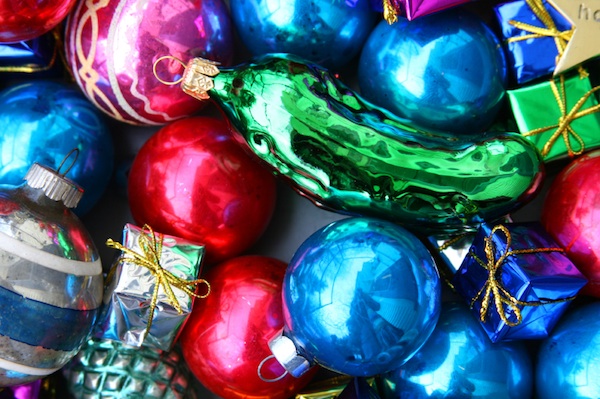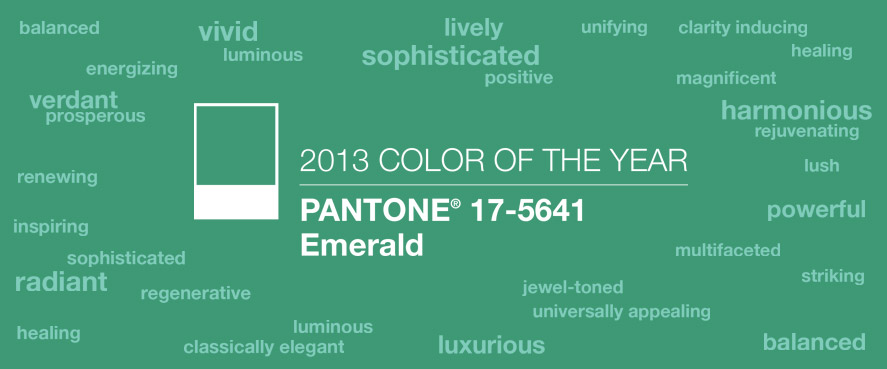
Finding the Christmas pickle is considered an American holiday tradition. © iStockphoto/Grabill Creative
Decorating the home with holiday greenery is an ancient tradition. A tribe of Germans, called Teutons, brought cut conifers indoors along with other sacrifices as part of a winter ritual.
The more modern version of a Christmas tree is credited to this German tradition, where over time there were fewer sacrifices and more decorating. Christmas trees in the 18th century were decorated with candles, apples and nuts.
Then there’s the Christmas pickle. I’ve seen pickle ornaments, but until recently, had not heard about the tradition, thought to be totally American. The pickle ornament is hidden in the tree and the person who finds it receives a reward.
Some sources suggest the tradition started with Woolworth as a way to market glass pickle ornaments imported from Germany in the 1890s. Another story tells of a Civil War soldier who begged for and received a pickle when starving in prison at Christmas time. Convinced the pickle saved his life, when the soldier returned home, each year he hid a pickle the Christmas tree.
Fashion forward gardeners
Without even doing anything, most gardeners are ahead of the 2013 color fashion curve. Earlier this month, emerald green was named the 2013 Color of the Year by Pantone, an arbiter of all things color.
Emerald green pretty much describes the color of lots of plants in the garden. One even has it as its name: Emerald Green arborvitae (Thuja occidentalis ‘Smaragd’), a popular shrub.
“Green is the most abundant hue in nature. The human eye sees more green than any other color in the spectrum,” said Leatrice Eiseman, executive director of the Pantone Color Institute, in a news release.
“As it has throughout history, multifaceted emerald continues to sparkle and fascinate. Symbolically, emerald brings a sense of clarity, renewal and rejuvenation, which is so important in today’s complex world. This powerful and universally appealing tone translates easily to both fashion and home interiors.”
Gardeners already know how the color works in the landscape, thank you very much.
